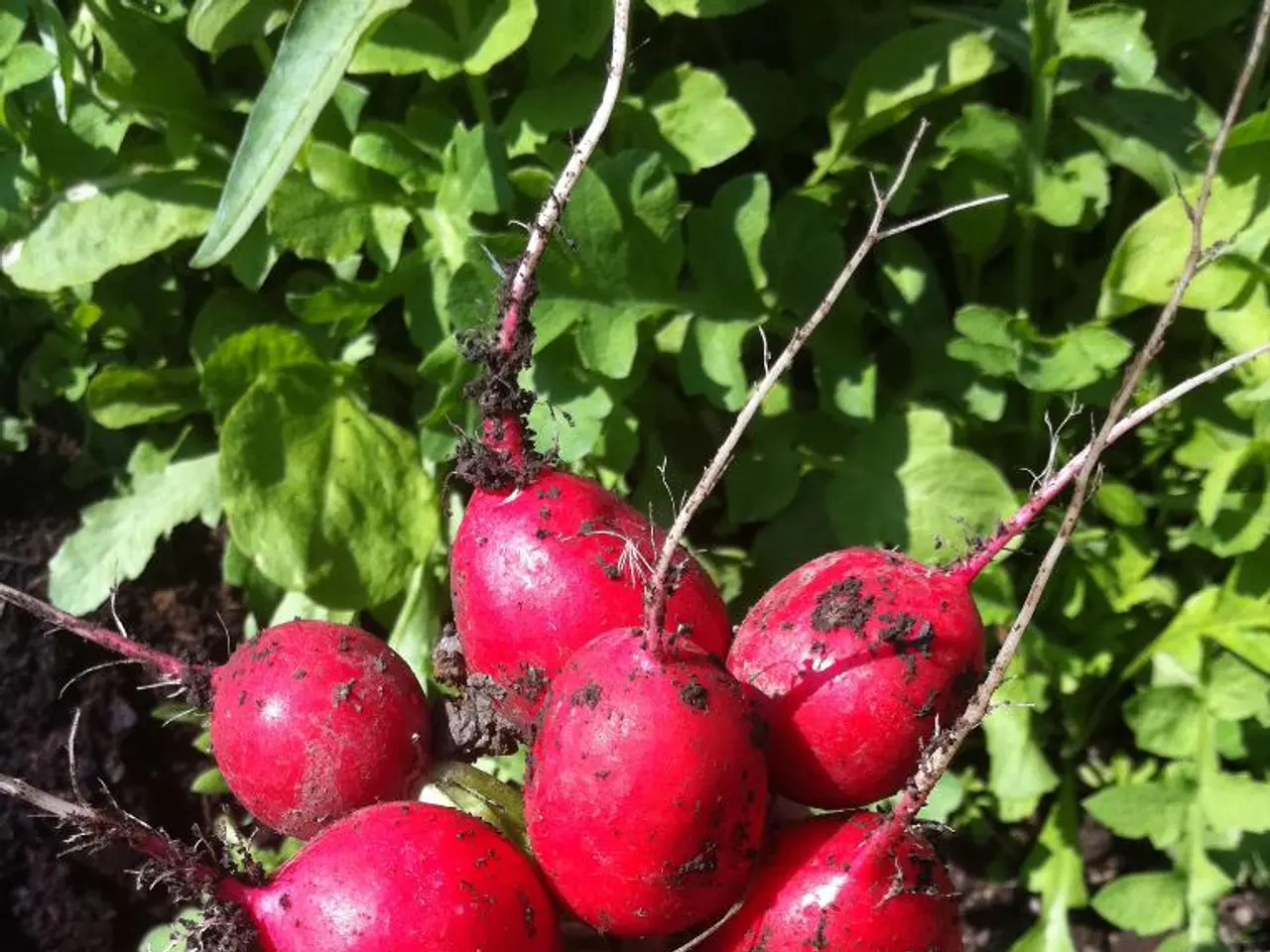Postponing Autumn Lawn Maintenance Could Aid This Season's Pollinating Creatures
In the spirit of nurturing our environment, it's essential to consider the well-being of our pollinators when planning our spring garden tasks. Delaying yard cleanup until the weather is warm enough for spring planting can provide a safer haven for these vital creatures.
Cleaning out garden debris too soon can inadvertently wipe out entire populations of pollinators before they've had a chance to wake up for spring. Many pollinators rely on garden debris like dead flowers, hollow stems, dried leaves, and piles of sticks for protection against sudden frosts and chilly nights.
As we approach the spring season, it's crucial to remember that 80% of native bees are solitary bees. Unlike their social counterparts, these bees don't live in hives and instead nest in small cavities in the ground. Leaving some stems standing as 12-18 inch stubble during late winter can offer these solitary stem-nesting bees a perfect nesting spot come spring.
The USDA's 2022 Annual Pollinator Report sheds light on the precarious state of our pollinators, with 18 endangered and 9 critically endangered pollinator species globally. This underscores the importance of adopting practices that support these essential creatures.
To help local pollinators thrive, it's best to wait until late winter/early spring for tidy-up activities, but leave some plants and stems intact as habitat. This means cutting back perennial stems in late winter, allowing some parts of your lawn or garden to grow wild, and leaving areas of bare, undisturbed soil in sunny spots for ground-nesting bees.
Moreover, focusing on pollinator-friendly plants such as native flowers, herbs, and perennials can attract bees, butterflies, and other pollinators. Interplanting flowers with vegetables can also attract predatory beneficial insects that keep pests down.
When it comes to pest management, it's advisable to avoid broad-spectrum insecticides, allow some insect damage for natural cycles, and promote garden diversity to attract beneficial insects that naturally control pests. For garden diseases like powdery mildew on specific plants, targeted removal of diseased plant debris in spring cleanup is advisable to reduce future problems.
In summary, delaying spring garden cleanup, companion planting, and careful pest management that supports beneficial insects can create a safer environment for pollinators. By adopting these practices, we can contribute to the survival and thriving of these essential creatures.
- When planning spring garden tasks, make sure to consider the well-being of pollinators by delaying yard cleanup.
- Keeping dead flowers, hollow stems, dried leaves, and piles of sticks in the garden can provide shelter for various pollinators during cold nights.
- Solitary bees, making up 80% of native bees, nest in small cavities in the soil instead of hives, so leaving stems standing during late winter is beneficial.
- The USDA's 2022 Annual Pollinator Report suggests that there are 18 endangered and 9 critically endangered pollinator species globally, stressing the importance of adopting practices that support these essential creatures.
- To provide habitat for local pollinators, leave some plants and stems standing during late winter/early spring, and allow some parts of your lawn or garden to grow wild.
- Choosing pollinator-friendly plants, such as native flowers, herbs, and perennials, can attract bees, butterflies, and other pollinators to your home-and-garden or lifestyle.
- In order to reduce future problems with garden diseases like powdery mildew, remove diseased plant debris during spring cleanup while avoiding broad-spectrum insecticides and promoting garden diversity to attract beneficial insects.



